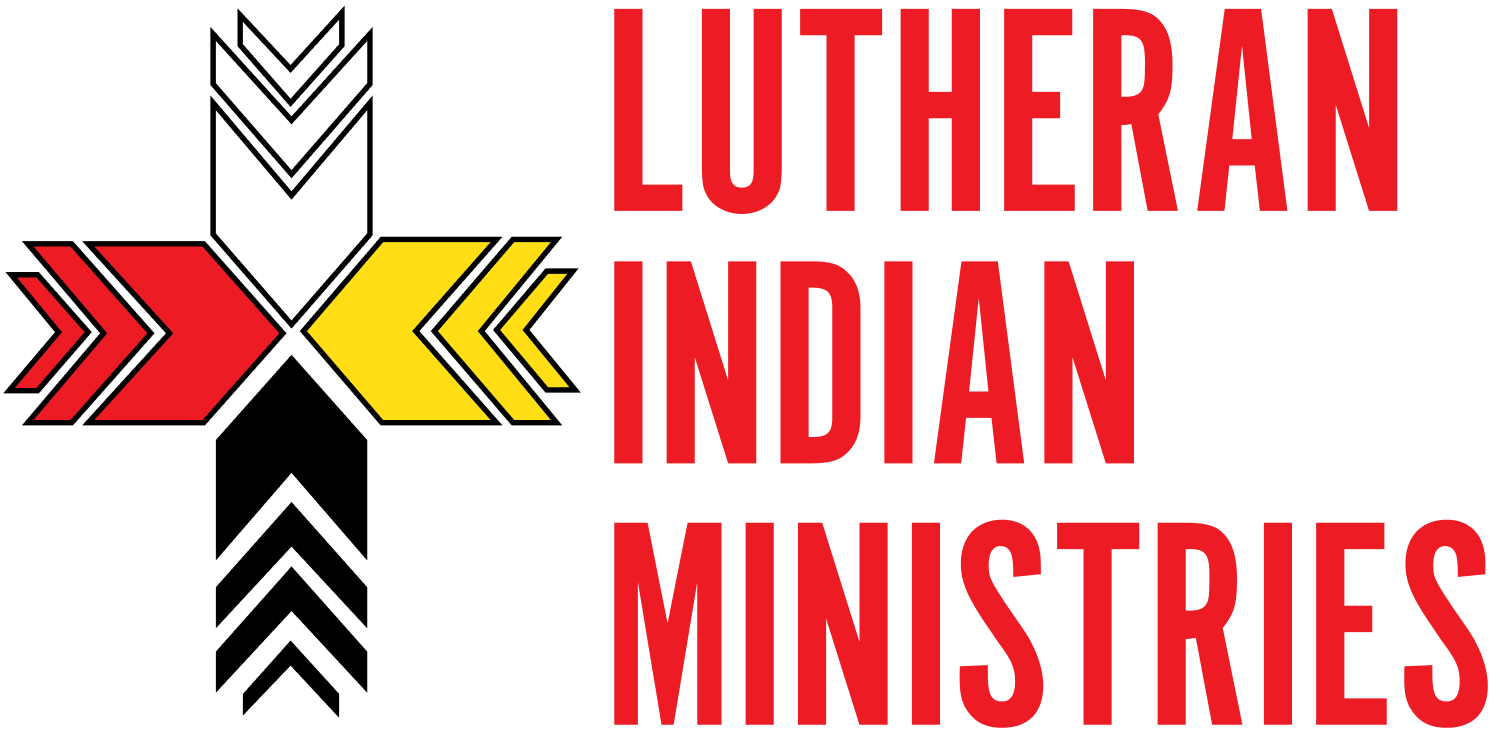This Week in Native American News (10/24/19): healing gardens, the power of community, and amazing children’s books
October 24, 2019
4 out of 5 Native American women are survivors of domestic or sexual violence. A Colorado Springs garden is helping them recover.
Shauna Jackson and Alyssa Bravo, both interns for Haseya, help weed the medicine wheel healing garden in Colorado Springs on September 5, 2019. The garden consists of sage, tobacco, cedar, and sweet grass which are all traditional medicines. (Nina Riggio, Special to The Colorado Sun)
Every year, during powwow season, Monycka Snowbird prints fliers with tear-off tabs for Haseya Advocate Program, a Colorado Springs-based nonprofit that serves Native American women who have suffered domestic abuse or sexual assault.
She hopes to find only one or two tabs pulled by the end of each event, but often most are gone. This, she says, is because four out of five Native women experience some form of abuse in their lives.
Haseya, which helps abused women connect with one another and provides resources for healing, this spring began creating a new kind of safe space for its clients, high on a hill with Pikes Peak as a backdrop.
Read the Full Story Here
Iditarod champ Pete Kaiser tells AFN how a community lifted him up
2019 Iditarod champion Pete Kaiser wears a dentalium chief's necklace, gifted to him by Alaska Federation of Natives co-chairman Will Mayo, after Kaiser's keynote address Thursday during the AFN convention at the Carlson Center in Fairbanks. (Loren Holmes / ADN)
The keynote speaker of the Alaska Federation of Natives convention, musher and 2019 Iditarod champion Pete Kaiser, used stories of his sled dogs to describe leadership in the Native community and his own path to success.
Young dogs learn from watching older dogs with years of training, as in real life, said Kaiser, the fifth Alaska Native and first musher of Yup’ik descent to win the 1,000-mile race across Alaska.
“Our elders are the gateway to knowledge and history," he said. "They hold and observe wisdom that cannot be obtained from any ... website. They are the door to our past and the future of our state.”
A lead dog, Morrow, who brought the team to the finish line in Nome this year, was once barely good enough to make the team and had to be sent home early in her first Iditarod. But over time she learned from the other dogs. In the middle of last year’s race, Kaiser put Morrow in the lead position.
“If you haven’t found your place on the team yet, keep at it and be ready for your opportunity,” Kaiser said, to applause.
Read the Full Story Here
Rescuing Native Americans From the Imaginative Prison of the Past
Native people, if we are encountered at all, are encountered during childhood. From the dull art of crafting Thanksgiving turkeys out of handprints to the bad politics of making headdresses out of turkey feathers, the point of contact between Indians and non-Indians begins and ends (for the most part) in grade school. It could be said that the primary place where Natives continue to exist for most Americans is in childhood imagination. It is no accident that Peter Pan’s tribe of Lost Boys who refuse to grow up, refuse to grow up with Indians as allies and enemies.
Michael Chabon, writing in 2009, amplified the relationship among childhood, Indians, the past and the imagination. “When I was growing up,” he writes, “our house backed onto woods, a thin two-acre remnant of a once-mighty wilderness. … There were no Indians in those woods, but there had been once. We learned about them in school. Patuxent Indians, they’d been called. Swift, straight-shooting, silent as deer. Gone but for their lovely place names: Patapsco, Wicomico, Patuxent.”
Chabon’s elegy for the death of childhood and the imagination highlights a disturbing premise: Indians, like childhood, like vivid imagination, are necessarily and only of the past. So it is with great enthusiasm and joy that I greet the recent wave of contemporary, vibrant, diverse children’s picture books mostly by and all about Native people.
Read the Full Story Here
-OR- Buy them:
It’s hard to fit all the news in a little space.
To read all of this week's news, visit the LIM Magazine.
Sign up to get these emails in your inbox and never miss a week again!




